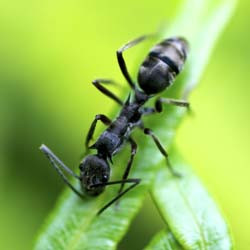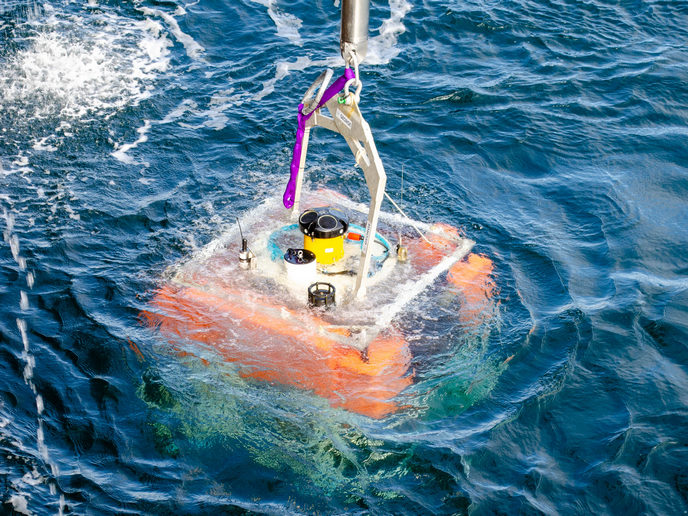Tropical ants reveal their secrets
The 'Ecology and evolution of ant communities in tropical ecosystems' (ANT BIODIVERSITY) project was based on a unique data set of 11 000 samples collected from sites in New Guinea and northern Australia. Researchers examined species distribution data combined with population and phylogenetic relationships across a large area of the southern Pacific region. Results indicated that the diversity of ant species in Melanesia and the South Pacific is greater than expected. Many species that were traditionally considered widespread may actually consist of closely related species whose relationship to one another cannot be easily determined. ANT BIODIVERSITY conducted studies on the ecology and evolution of tropical ants at the community, species and population levels. At the community level, the three main drivers of ant diversity were identified and associated with different degrees of habitat disturbance. A complementary study showed that foraging ants could be selectively eradicated in a tropical forest. Scientists also demonstrated that in low-altitude forests ant communities are mainly structured by competition among species. However, at high elevation they are greatly influenced by low temperatures. At the species level, researchers used regional data sets to study exotic species richness, native species richness and human impacts across tropical Pacific islands. By reconstructing the evolutionary development of the Camponotus maculates group of ants, scientists were able to reconstruct how different ant lineages colonised Melanesia and the South Pacific. A combination of DNA sequences and whole-genome single-nucleotide polymorphism markers were used to reconstruct the evolutionary history of the wide-spread weaver ant Oecophylla smaragdina. This population-level study suggested that the ants dispersed from continental Asia into the islands of Sundaland, through Sulawesi to New Guinea and Australia. Australasian and Oriental populations of weaver ants were shown to have genetic differences. In New Guinea, there was also clear differentiation between inland and coastal populations. This suggested two independent colonisations of Australia and effective dispersion along the coast of New Guinea. Knowledge generated through the ANT BIODIVERSITY project will contribute to the effective conservation of tropical rainforests and savannah ecosystems.







